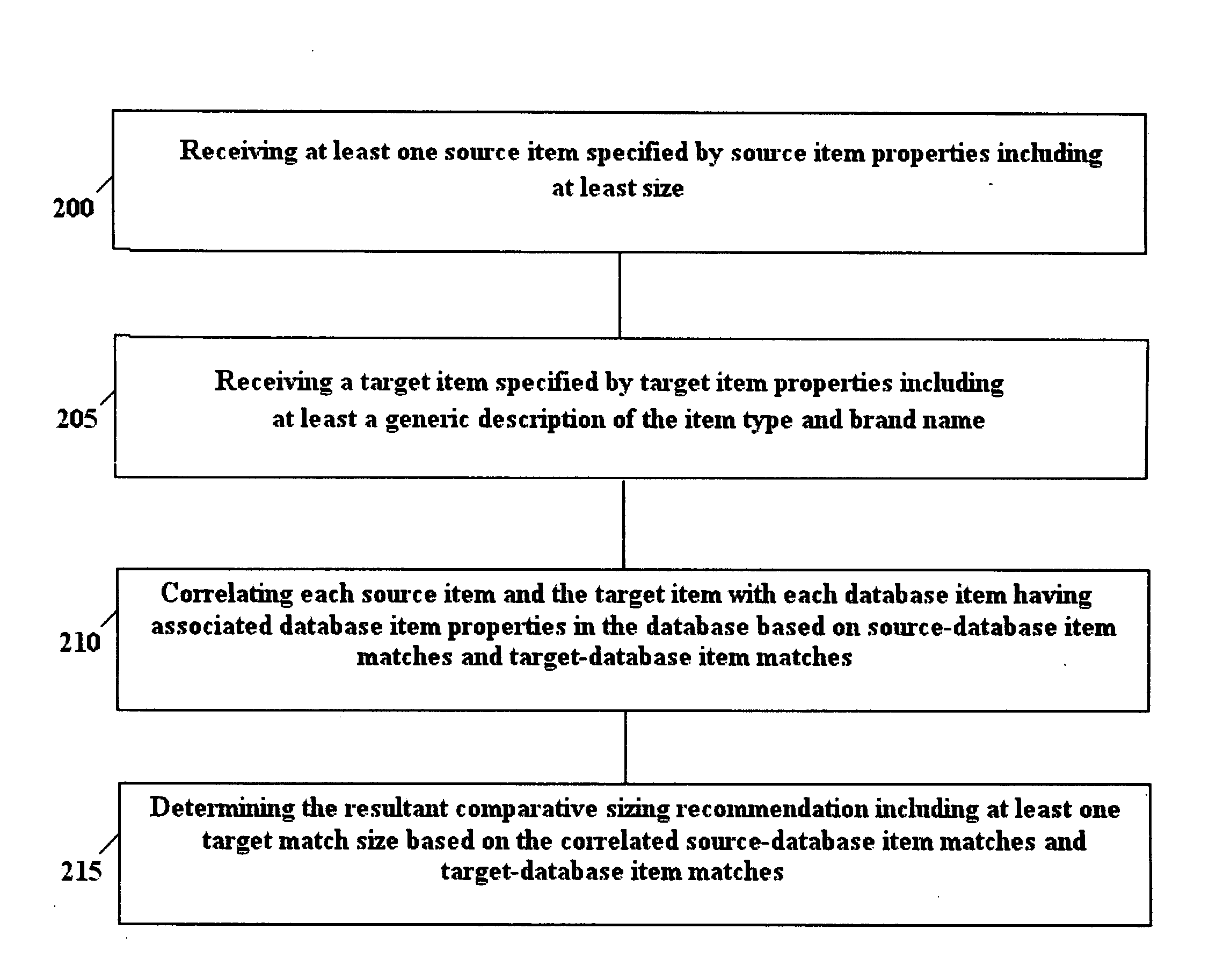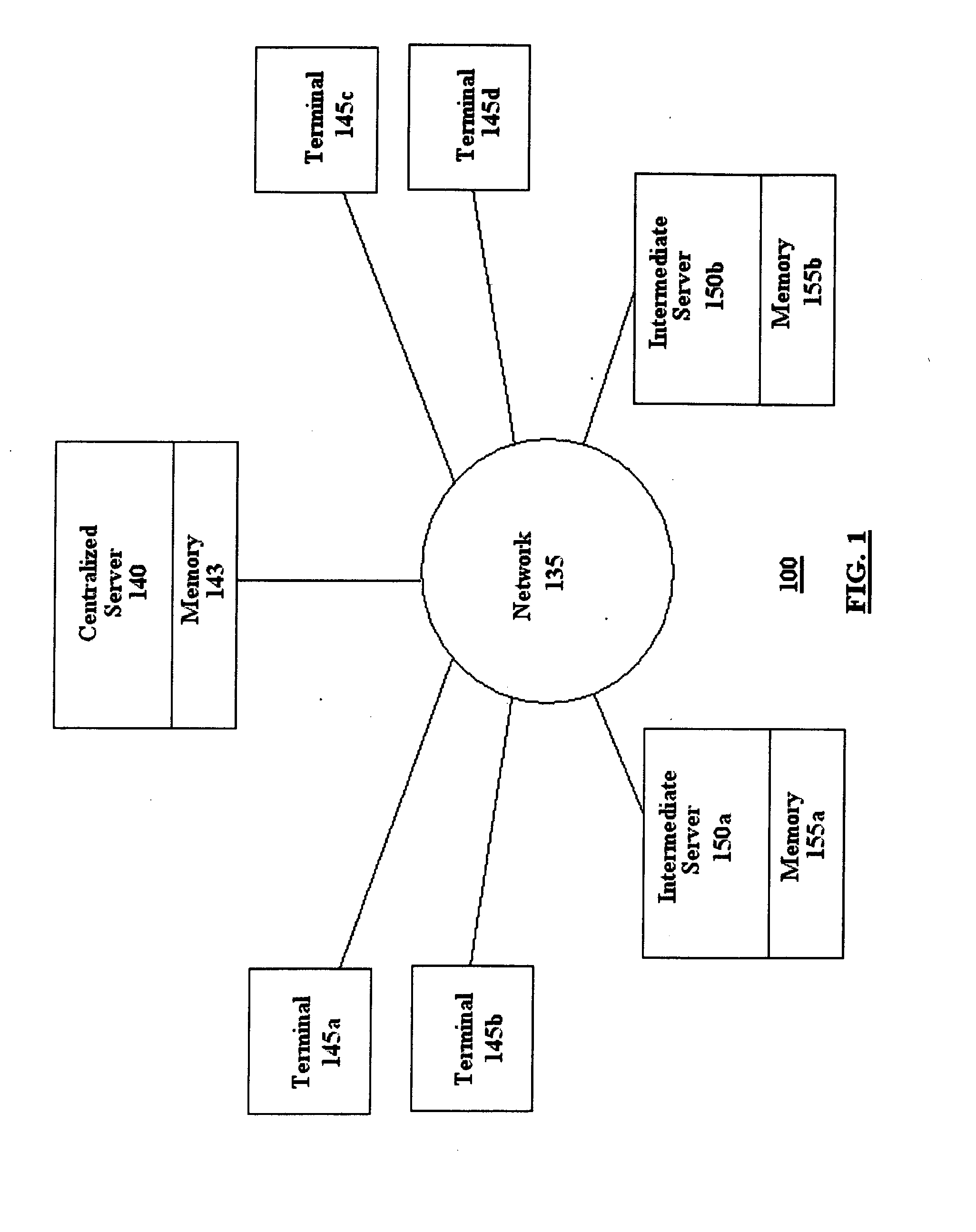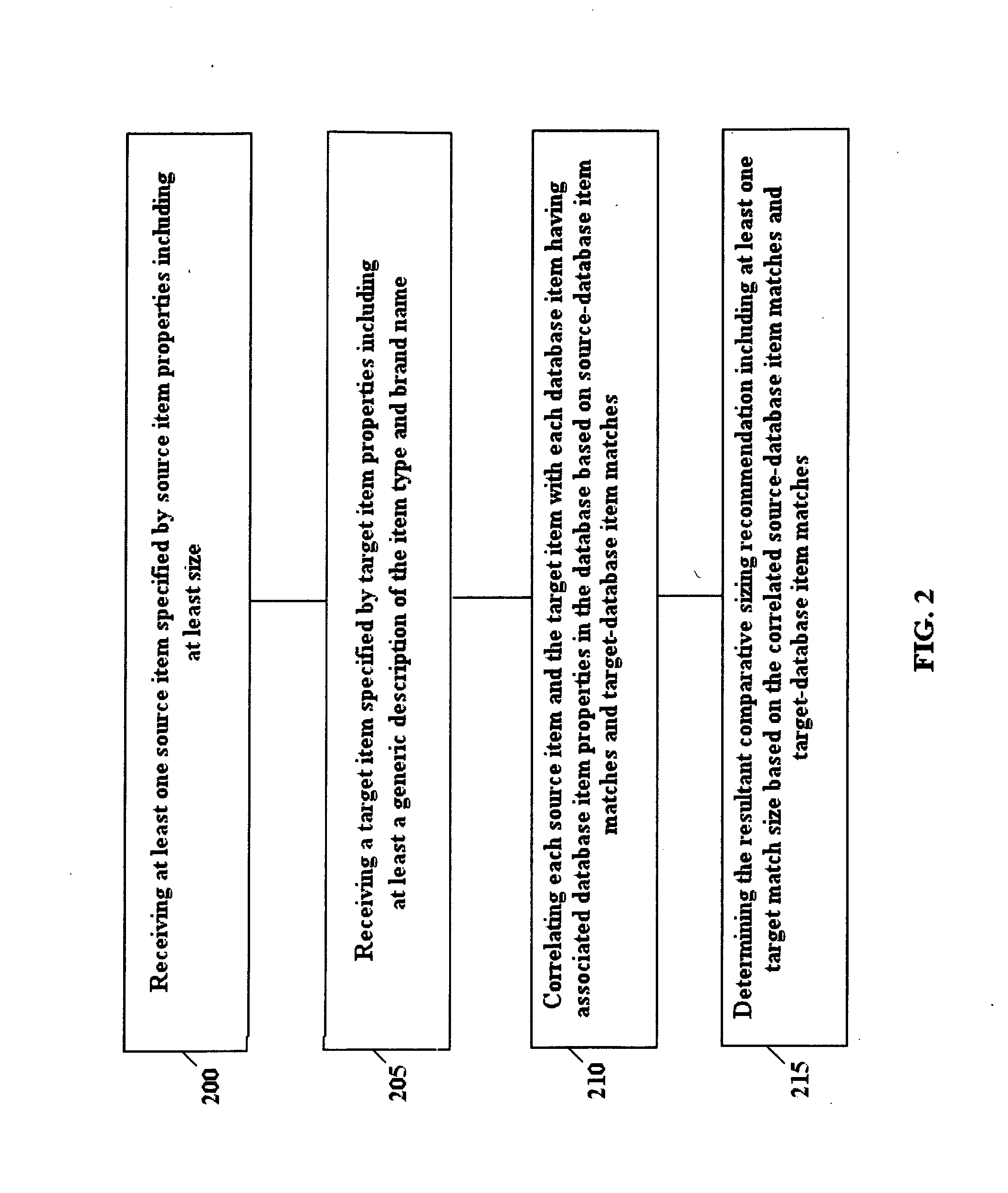Finding the correct size in an article of clothing represents one of the most challenging aspects of making apparel purchases.
However their ability to select the correct size in an item still very much remains a matter of
trial and error.
The problem with this approach is that it is necessary to try on multiple sizes for any particular item, unless the customer knows his or her appropriate size in advance.
This approach is also less than ideal for shoppers who find it
time consuming to visit a
brick-and-
mortar store to try on different sizes.
While the industry's $22.1 billion size and large growth rates are impressive, the online apparel retailer segment has yet to reach their full potential because it is faced with two major problems: (i) a high volume of returns with the most prevalent reason for returns being incorrect size; and (ii) reluctance to buy online in the first place due to sizing uncertainty.
Millions of dollars are lost as a result of returns due to improper sizing.
Though significant, the price tag on the apparel industry's sizing problem is actually much bigger than simply the costs associated with returns.
In a
brick-and-
mortar setting, money is left on the table when retailers invest resources on shoppers who spend significant time trying on clothes only to find that none of the articles fit or that the correct size is not available.
In an
online setting, the shopper's lack of viable options for selecting the correct size in an article of clothing exponentially increases the loss of potential sales to e-tailers.
Another intangible cost inextricably tied to the sizing issue is lost customer loyalty that the e-tailers experience when the online customer is dissatisfied with his or her purchase.
Therefore, the inability to provide shoppers with easy, accurate and convenient sizing recommendations costs apparel retailers billions of dollars in potential sales.
These conventional sizing charts are often inaccurate because they force the individual to choose a size based on “standard” body measurements.
Calculating a body measurement requires certain tools such as a measuring tape, which is something that may not be readily accessible by the
consumer (e.g., when the
consumer is in the retail store or when
purchasing an item via
the internet while at work).
Another problem associated with requiring body measurements as a
precondition to a sizing recommendation is that the accuracy of the result is completely dependent on the accuracy of the underlying body measurement.
One could educate the consumer, in advance, as to the precise body location and method by which a particular body measurement is to be measured; however, once again this requires additional effort and time on the part of the consumer and is still subject to error if not conducted in accordance with those precise instructions.
Still another
disadvantage to requiring a body measurement is that some measurements, for example, inseam, are difficult to obtain without assistance.
An underlying flaw associated with such conventional sizing or fitting systems is that if the underlying body measurement is inaccurate then clearly the recommended size will also be incorrect.
Another
disadvantage associated with these online sizing websites is that the consumer is restricted to the brands and styles sponsored by select e-tailers.
These solutions are less than ideal since online shoppers typically visit their favorite websites and attempt to find their size in an item of their choosing, rather than the other way around.
In fact, the current online sizing sites can often exacerbate rather than solve the problems faced by online apparel retailers.
As previously mentioned, when faced with such a dilemma the consumer often purchases multiple sizes of a
single item and thereafter returns those sizes that do no fit.
 Login to View More
Login to View More  Login to View More
Login to View More 


